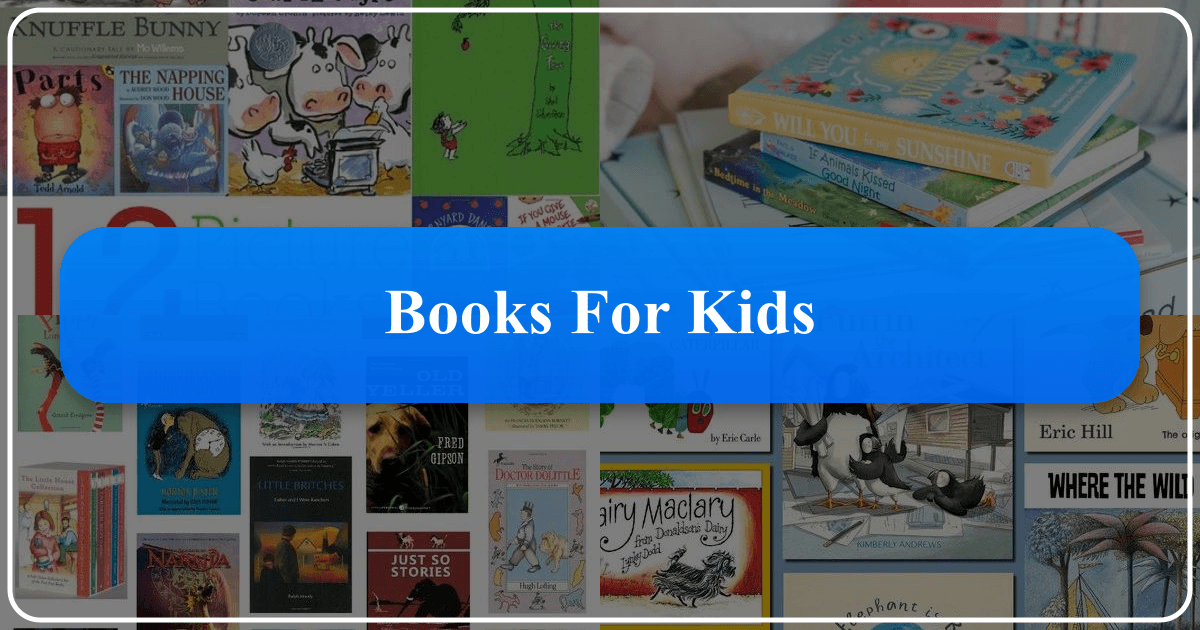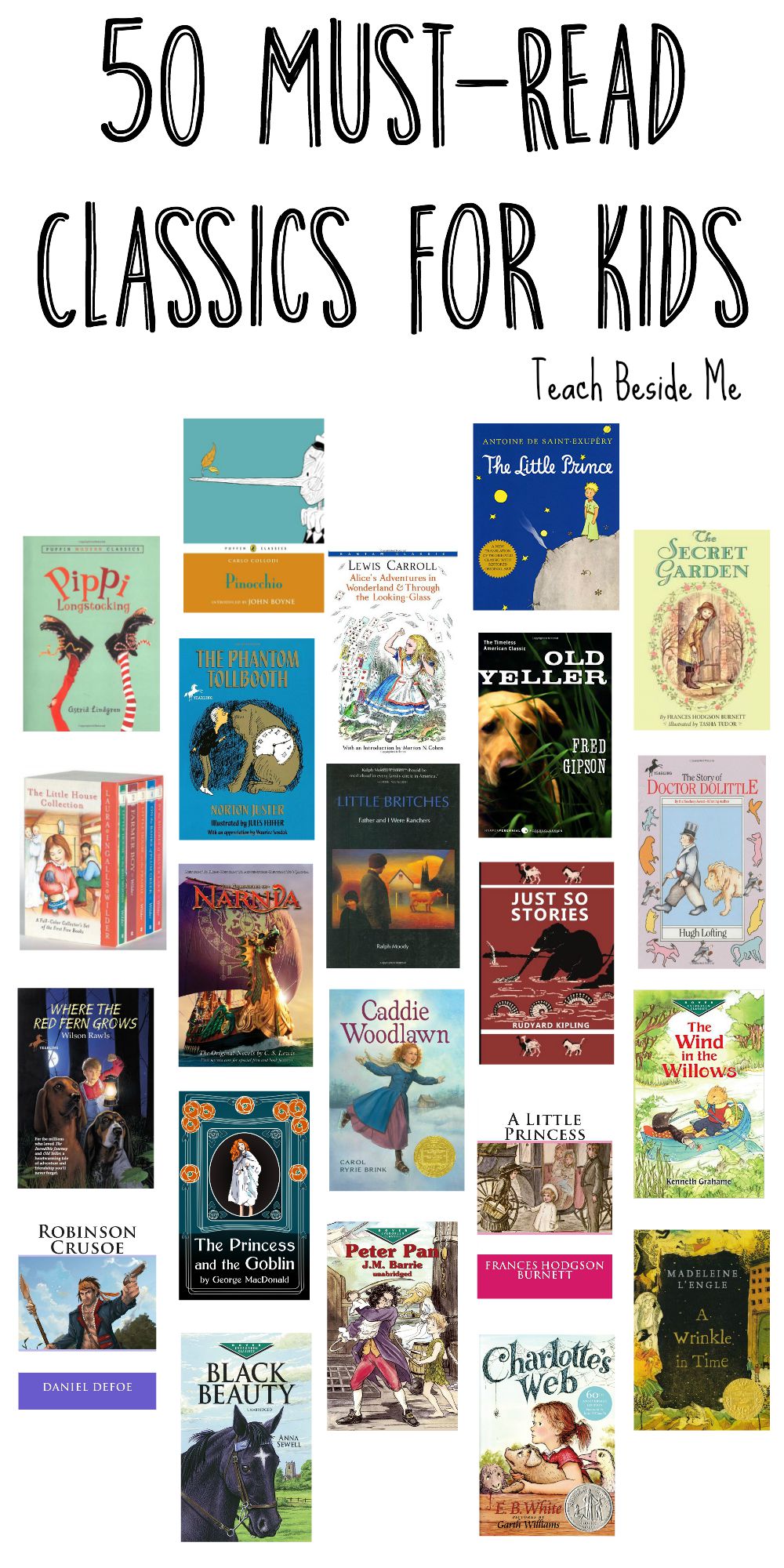Books for Kids: A Journey Through Genres, Authors, and Cultural Impact

The world of children’s literature is vast and vibrant, offering a gateway to imagination, learning, and cultural understanding. From classic tales that have stood the test of time to contemporary stories capturing the spirit of our age, books for kids play a crucial role in shaping young minds and fostering a lifelong love of reading. This exploration delves into the diverse landscape of children’s books, examining their genres, influential authors, educational value, their presence in libraries, and their lasting cultural impact.

Exploring the Genres of Children’s Literature
The genre of a children’s book significantly impacts its appeal and the messages it conveys. Picture books, with their captivating illustrations and concise narratives, are ideal for introducing young children to the world of storytelling. These visually rich books often focus on simple concepts, emotions, or everyday experiences, making them easily accessible and engaging for toddlers and preschoolers. Examples include classics like Brown Bear, Brown Bear, What Do You See? and contemporary favorites such as Arlo the Lion Who Couldn’t Sleep.
As children grow, their reading abilities and interests evolve, leading them towards more complex narratives. Chapter books offer extended storylines, allowing for character development, plot twists, and exploration of deeper themes. These books can range from heartwarming tales about family and friendship to thrilling adventures filled with mystery and suspense. Series books, like the popular Pete the Cat and How Do Dinosaurs series, provide a sense of familiarity and continuity, encouraging children to engage with characters and stories over time. The familiarity and comfort offered by series books can ease anxieties, particularly when tackling challenges like starting kindergarten, as evidenced by Scholastic’s curated list of “12 books to get kids excited about the first day of kindergarten.” These often feature relatable scenarios and reassuring texts, helping children navigate the emotional landscape of new experiences.

Middle-grade novels typically target readers aged 8-12, delving into more complex themes such as identity, social issues, and moral dilemmas. This genre often blends elements of fantasy, realism, and adventure, creating narratives that challenge young readers while captivating their imaginations. Examples include The Highland Falcon Thief and Greenwild: The World Behind the Door, both demonstrating the potential for children’s literature to address timely societal issues within exciting plots.
Young Adult (YA) literature caters to teenagers, exploring themes of self-discovery, relationships, and societal pressures. These books often tackle complex and sensitive issues, reflecting the challenges and complexities of adolescence. The YA genre frequently incorporates elements of fantasy, science fiction, romance, and contemporary realism, appealing to diverse reader interests and offering a relatable portrayal of adolescent experiences. Works such as We Hunt the Flame and Children of Blood and Bone are examples that have significantly impacted cultural dialogue.

Beyond these common genres, children’s literature encompasses a wide array of subgenres, including historical fiction, science fiction, fantasy, mystery, and non-fiction. This diversity reflects the ever-expanding world of children’s stories and the desire to cater to different interests and learning styles.
The Enduring Influence of Authors
The authors of children’s books are pivotal in shaping the landscape of children’s literature. Their unique writing styles, inspirations, and creative visions leave an indelible mark on generations of young readers. Authors such as Dr. Seuss, with his whimsical rhymes and playful illustrations, have become synonymous with childhood. His books, with their focus on language play and fun, have impacted the way children engage with and approach reading. Similarly, authors like Roald Dahl, with his fantastical worlds and unforgettable characters, have captured the imaginations of millions of children worldwide. His stories often explore themes of good versus evil, justice, and the importance of imagination.
Understanding an author’s biography often enhances the appreciation of their work. Exploring their inspirations, writing process, and personal experiences provides insight into the creative genesis of their stories. This exploration reveals the rich tapestry of influences that shape an author’s distinctive voice and style. For example, an understanding of Julia Donaldson’s dedication to creating memorable, rhyming stories helps explain the enduring appeal of her work, such as in What the Ladybird Heard.
Similarly, analyzing an author’s writing style—whether it’s descriptive language, character development, or plot structure—provides a deeper understanding of how they craft engaging and meaningful narratives for young readers. Understanding the techniques employed can aid educators in analyzing and promoting literacy skills.
Furthermore, many authors draw inspiration from their personal experiences, cultural backgrounds, or historical events, resulting in richly textured and diverse works that reflect the author’s unique perspective and understanding of the world. This contributes to the variety of stories available, thus ensuring that children can find characters and narratives they can relate to and that expand their worldview.
The Educational Value and Life Lessons in Children’s Books
Children’s books are not merely sources of entertainment; they also serve as powerful tools for education and personal growth. Many children’s books subtly or overtly teach valuable life lessons about empathy, kindness, resilience, problem-solving, and environmental awareness. Stories such as Bear Snores On and How Do Dinosaurs Say Good Night? not only entertain but also introduce children to valuable lessons about manners and self-regulation. The Little Green Peas series introduces basic mathematics, letters, and colors. Similarly, the various Olivia books provide insights into family dynamics and imagination.
Many children’s books promote literacy development by introducing new vocabulary, sentence structures, and storytelling techniques. This exposure helps children develop a deeper understanding of language and communication skills, fostering a love for reading and written expression. Understanding the story’s educational elements and potential impacts on a child’s development is important for parents and educators when selecting suitable reading material.
Additionally, exposure to diverse cultures and viewpoints through children’s books enhances understanding and appreciation of different perspectives. Books can teach children about different countries, traditions, and ways of life, promoting cultural sensitivity and empathy. For example, Escape to the River Sea educates young readers about the Amazon rainforest and highlights environmental concerns.
The role of books in building strong reading habits cannot be overstated. Encouraging children to read regularly through engaging stories helps them develop critical thinking, problem-solving, and emotional intelligence skills, all of which contribute to overall well-being.
The Role of Libraries in Preserving and Promoting Children’s Literature
Libraries, both physical and digital, play a critical role in preserving and making children’s books accessible to a wider audience. Public libraries offer a diverse range of children’s books, providing equitable access to literature for children from various socioeconomic backgrounds. These libraries often host storytelling events, reading programs, and other activities to promote literacy and a love of reading.
Digital libraries provide additional access to a vast collection of books, extending reach beyond geographical limitations. Online platforms and e-readers offer convenience and accessibility, making books readily available to children in remote areas or those with limited mobility. Moreover, digital libraries offer functionalities such as interactive reading experiences, audio books, and customized reading lists, which further enhance the reading experience and caters to different learning styles.
Furthermore, rare collections and archives safeguard valuable historical books for future generations. These collections often include first editions, rare manuscripts, and other literary treasures, preserving the history and development of children’s literature. Access to these archives can help researchers, scholars, and educators gain a better understanding of the evolution of storytelling and its impact on society.
The Cultural Impact of Children’s Books
Children’s books have a profound and lasting cultural impact, shaping societal values, beliefs, and understandings of the world. They reflect the historical context in which they were written, often reflecting the social, political, and cultural changes of the time. Analysis of children’s books from different eras provides valuable insights into past societal norms, values, and beliefs.
Many children’s books have been adapted into films, television shows, stage plays, and other media forms. These adaptations expand the reach and influence of the original stories, often introducing them to new audiences and generating further interest in the books themselves. The Pete the Cat series exemplifies how book adaptations through songs and animations can greatly increase a book’s popularity.
Awards and accolades given to children’s books recognize their literary merit and cultural significance. These awards highlight exceptional storytelling, writing quality, illustrations, and overall contribution to children’s literature. This recognition helps promote high-quality books and ensures that children have access to the best literature available.
Finally, communities formed around children’s books and their authors foster a sense of shared experience and connection. Book clubs, online forums, and social media groups provide spaces for readers of all ages to discuss favorite books, connect with authors, and exchange ideas. This creates a sense of community and shared passion around children’s literature, ensuring its continued popularity and impact. The popularity of series books such as Duck & Goose illustrates how characters can become well-loved and embedded within a child’s life and understanding of the world.
In conclusion, the world of books for kids is a rich and multifaceted one. From the diverse range of genres and their captivating narratives to the enduring influence of authors and their creative visions, these books hold immense educational value and leave a lasting cultural impact. Libraries play a critical role in preserving and promoting access to this vital resource, ensuring that future generations can continue to enjoy the magic, wonder, and life lessons contained within the pages of children’s literature.